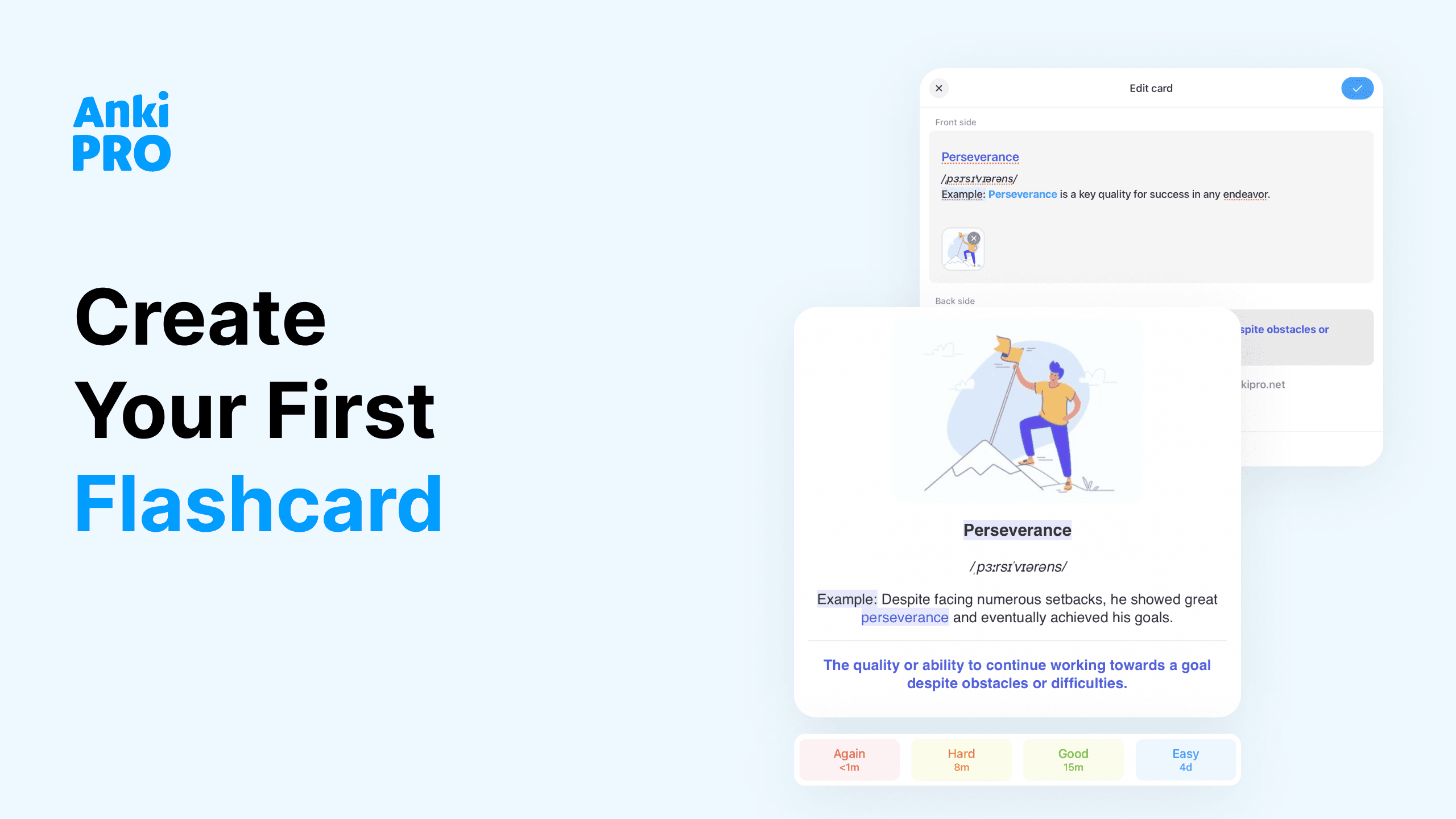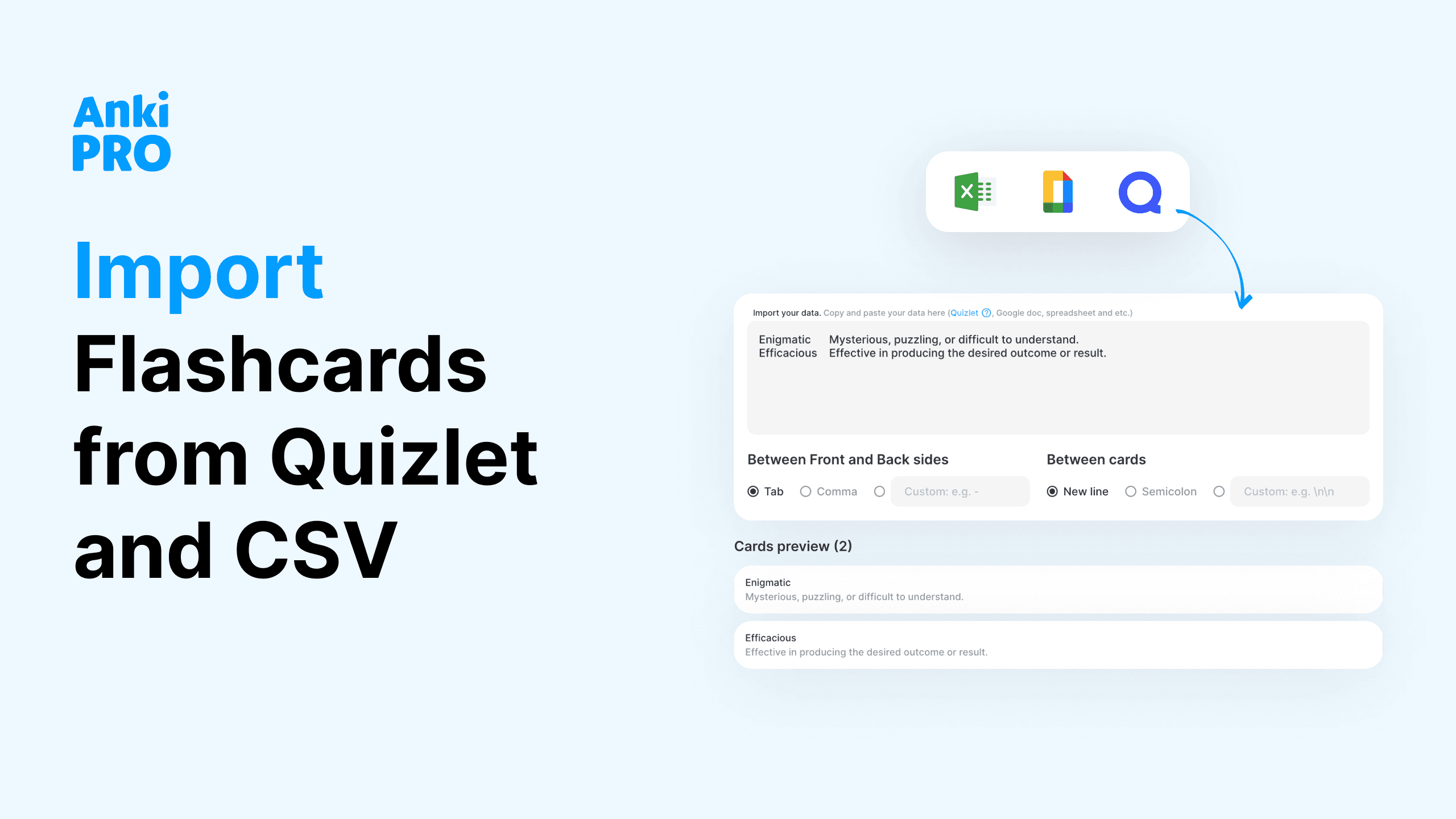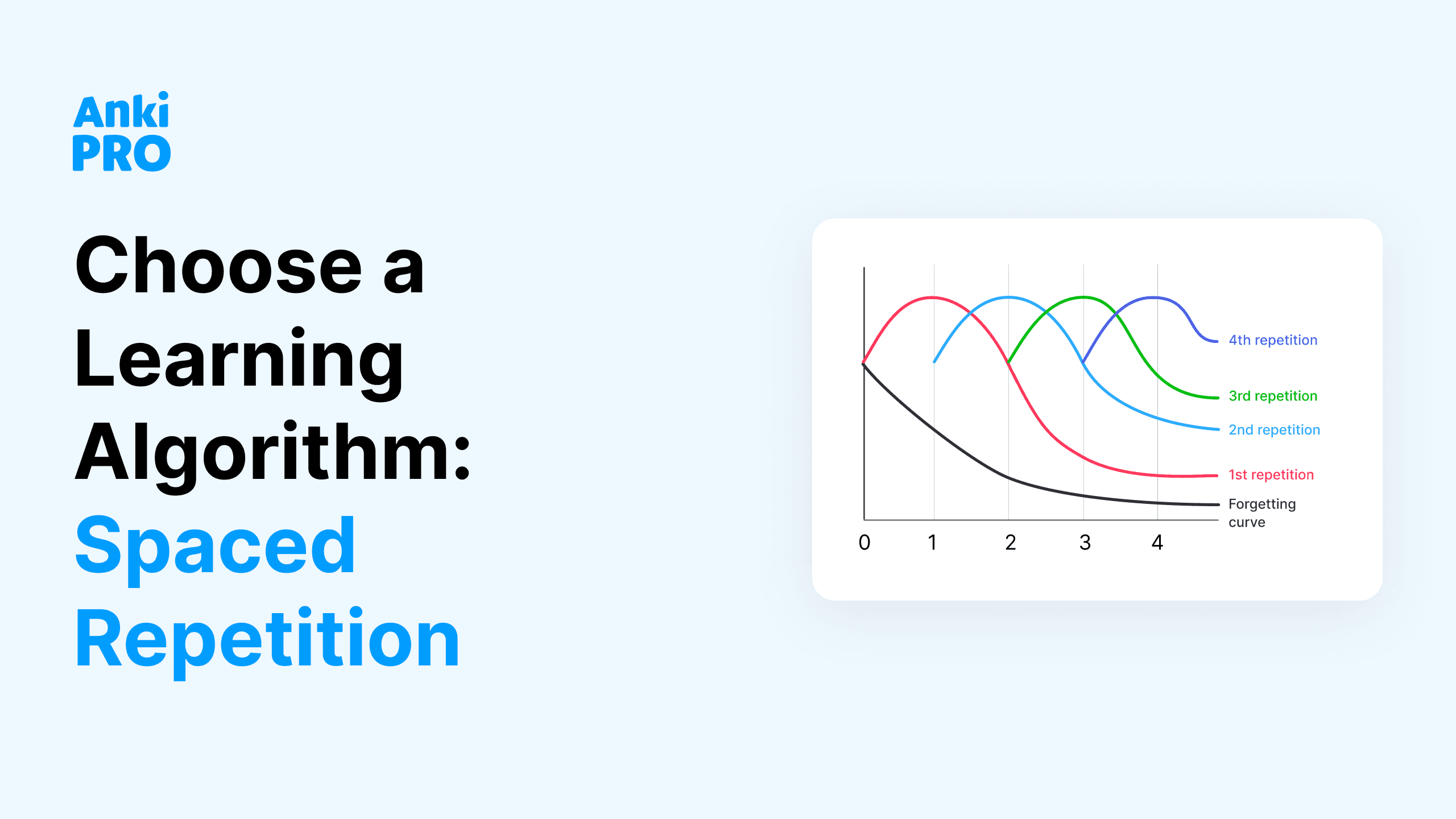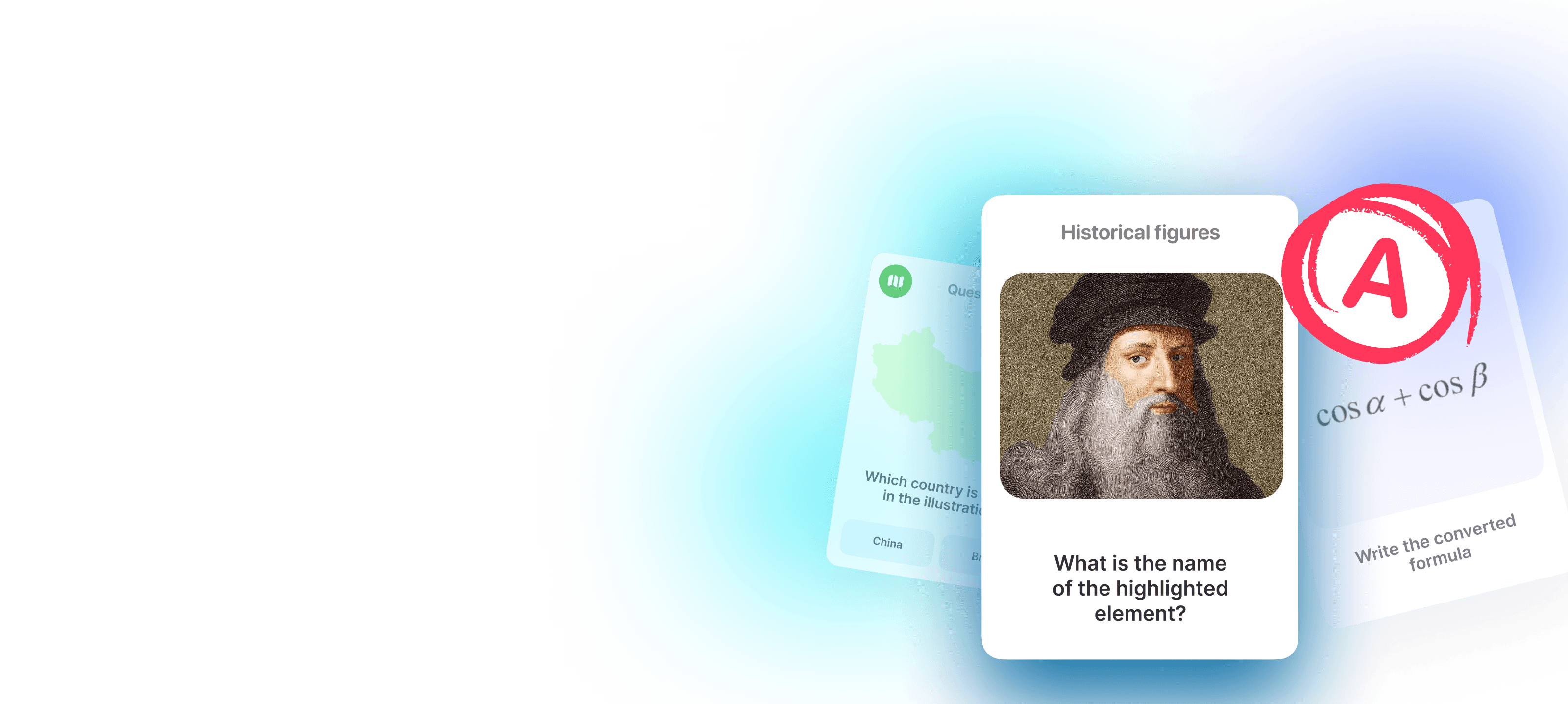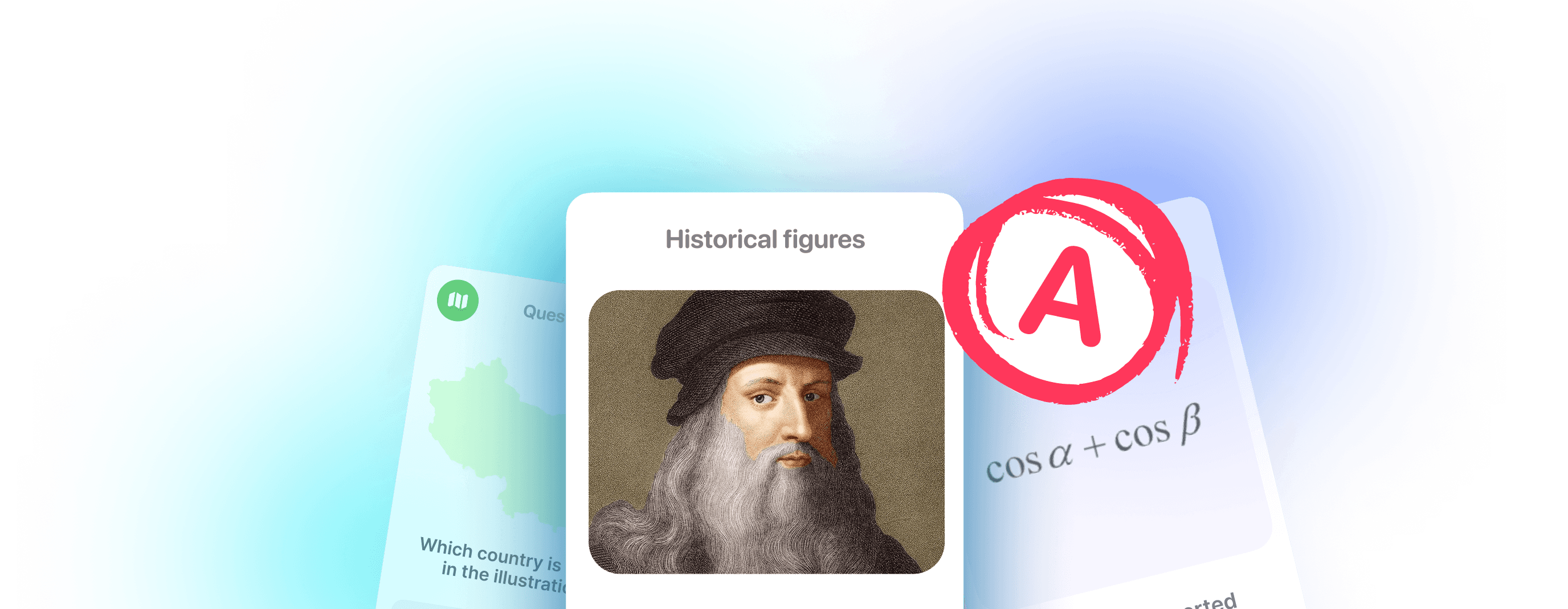Ever get sucked into those Instagram ads saying, “Replace scrolling with microlearning”? Yeah, us too. Welcome to the titillating, attention-deficit generation where learning can be quick, catchy, and fun for your brain. Be careful, it can get just as addictive as your favorite meme accounts, but we have tips for avoiding common pitfalls as well.
Let’s dive into the complete guide on what microlearning is, how it’s helpful for our fast-paced lives, best microlearning apps, and how you can create your own microlearning modules today.
What is microlearning?
„Micro learning“ is a method that takes larger subjects and turns them into bite-sized, digestible pieces of information, allowing learners to stay engaged and hopefully have fun along the way.
Microlearning is a way to break down larger topics and create short bursts of snackable moments that entice your brain into wanting more. Microlearning can take the form of videos, trendy meme-sized graphics, and even short tunes.
The essence of microlearning focuses on memorable, key ideas. Save time and replace what could be a negative and addictive habit with an adaptive and helpful study session. Some claim that microlearning can be similar to the positive dopamine-giving effects of scrolling on social media, without the regret of wasted time and attention. Here we go, mobile learning is taking over!

Benefits of microlearning
Various microlearning programs are aimed at different goals. So, how exactly educational content divided into microlearning units might be beneficial? Let’s find out!
✅ ADHD management
Microlearning is ideal for ADHD learners, and those who struggle with dedicating long periods of focus to learning. Studies show that short, focused sessions significantly improve retention, engagement, focus, and performance.
Microlearning helps to keep our scattered brains on track and focused. Rather than dreading a study binge, dedication anywhere from just five to ten minutes in a micro-learning session can be enough to get your brain warmed up and excited to continue learning.
✅ Better knowledge retention
Spaced repetition is a learning technique that involves reviewing information at increasing intervals over time. This method takes advantage of the spacing effect, which helps improve long-term retention of knowledge by spreading out study sessions rather than forcing you to cram information all at once.
Contrary to popular belief, cram sessions of learning modules are not a realistic or even possible avenue for long-term memory. While it can be tempting to binge, breaking down study sessions is important.
✅ Higher engagement
Ever notice how you’re more likely to keep up a habit when it’s fun and engaging? That’s where micro-learning comes in. Due to its digital nature, you can take micro-learning anywhere, do it anytime, and learn on the go – no desk required. This can be ideal for students, employees on a continuing education journey, and people of all ages and backgrounds who simply want to acquire more knowledge. Who doesn’t want to learn more?

Microlearning best practices
While microlearning software and micro learning apps exist, you don’t necessarily need a specific microlearning program. You can curate your journey by organizing short interactive videos and small pieces of content that include relevant training and multimedia assets. Below, we’ll dive deeper into microlearning examples to help you find actionable inspiration!
📱 Flashcards + spaced repetition
Flashcards are a classic way to introduce quick facts and moments of microlearning. Modern-day flashcard maker apps, such as Anki Pro, work as perfect microlearning tool with algorithms based on the science-backed magic of spaced repetition. It’s the best way to augment your long-term memory!
📱 Micro learning apps
A lot of educational micro learning apps are built on the idea of microlearning, too. Your choice should depend on your area of interest. Learning languages? Try Duolingo microlearning app. Looking to master a new skill? Opt for SkillShare microlearning courses. The key is to stay intentional and consistent.
📱 Short videos
Microlearning videos make complex topics easy to digest. Education videos on YouTube and learning platforms, like Khan Academy, offer a wealth of quick, informative videos on a variety of subjects. The visual and auditory elements help maintain focus and make learning more enjoyable.
📱 Bite-sized reading
Instead of tackling long chapters or articles, break your reading into smaller sections. This is a great way to read more books! Perhaps you’ll even want to use apps like Blinkist, which provides summaries of non-fiction books, or even create your own summaries through Anki Pro.
📱 Quizzes & Games
Integrate interactive elements into your study sessions, such as interactive quizzes and educational games. Gamification in the form of short quizzes can turn learning into a fun experience, enabling learners to use their mobile phones for good.
📱 Edutainment accounts
Social media are here to stay. Instead of blaming mobile devices for short attention spans, try to follow accounts that share microlearning content! Depending on your interests, find interactive microlearning speakers that appeal to you.

How to make microlearning work?
Approach microlearning with curiosity and positivity to strengthen your neural pathways. Having the right mindset is like the perfect seasoning!
Create an intention
Intention makes the biggest difference in micro-learning. What are your goals? Here are some big-picture things to consider in your learning journey. Consider organizing microlearning modules and material into „courses“ to maintain the ultimate focus on your learning objective! A microlearning module is intended to be short. Here are a few microlearning tools you can use to keep yourself and other learners engaged.
Set a microlearning strategy
Set clear, achievable goals. Think of them as your recipe for success. With intention-setting tips, you’ll naturally grow and achieve your learning objectives. Set realistic goals. Remember the concept of SMART goals? SMART goals are specific, measurable, attainable, realistic, and timely. Don’t overstuff your study schedule with learning content. Again, it may be helpful to create „microlearning modules“ to curate learning as opposed to consuming scattered content. Focus on quality over quantity.
You might consider designing microlearning around your schedule.
Track your progress; keep it social
Online communities are a great way to maintain social learning as you make your way through learning content. Flexing your soft skills are just as important of a tool for remembering key points of information!
Use study data to your advantage if you use a digital learning app. If you don’t have hard data, simply check in and give yourself an honest review of your learning and progress. This is an effective form of learning feedback. Regularly review your performance and adjust your study habits accordingly.
If you need help, ask a friend to form a microlearning group with you. If there’s no one to study with in person, you can utilize the help of an online community. Online, you can even develop microlearning groups, courses, and modules with others, without putting in all the effort by yourself.

How to avoid microlearning mistakes
Recognizing challenges and remembering your learning goals can help you turn potential burdens into opportunities for more effective learning. We’re going to keep it real, microlearning has some challenges like other short bursts of content. Luckily, we’ve identified some of the common pitfalls and how to avoid them.
😵 Overstretching your attention span
Just like snacking non-stop can ruin your appetite, overstretching your attention span with too much microlearning can lead to study burnout and low motivation.
💡 Use the Pomodoro technique – 25 minutes of focused learning followed by a 5-minute break. This keeps your mind fresh and ready for more. While microlearning videos can be engaging, sitting for hours leads to the same issues associated with traditional marathon study sessions and content binge sessions.
😵 Too many topics at once
Trying to tackle too many topics at once is like piling your plate with everything at the buffet – it’s overwhelming and hard to enjoy.
💡 Improve knowledge retention by reducing topics. Prioritize your learning goals and stick to them, perhaps even create your own microlearning course beforehand to stay focused. Research microlearning courses developed by others, and choose a microlearning platform that works for you.
Create learning paths to visualize your skill development and map microlearning lessons to your goals. Develop a microlearning curriculum, and be honest with yourself if you feel overwhelmed. This may be a good sign to take a break!
😵 Not resting and digesting
Continuous learning sessions without any breaks are simply not effective. Just like you need to digest your food, your brain needs time to process and consolidate new information.
💡 Ensure you get enough sleep and rest between study sessions. Use a spaced repetition app to review material over time and allow your brain to properly digest and store information. Remember to go at your own pace and put down the mobile devices every once in a while.

Microlearning vs. traditional learning process
There are plenty of instanses that suggest microlearning is more feasible and realistic in the face of the variety of demands modern life throws at us. Here are some key differences between microlearning and traditional study.
Speed vs. stamina
Microlearning is like tapas – small, delightful bites that keep you energized. Microlearning keeps you fresh and engaged without burnout.
The traditional learning process can be compared to a large feast – overwhelming and hard to digest in one sitting and more effort involved.
Flexibility
Microlearning experience can be done with fewer resources. It can become „short training“ that adapts to your busy schedule, making it easier to fit in. Additionally, microlearning is ideal for workplace learning when a company is interested in educating employees.
Training courses and job aids can be more quickly digested with the right microlearning tools. Busy professionals who need to focus on a specific learning outcome, like finishing compliance training, can go at their own pace and adjust their learning preferences while still staying on top of tasks.
With traditional study, you may need to carve out a big chunk of time to get through it. Not ideal for achieving large business goals quickly!
Knowledge retention
One of the key benefits of micro-learning. Bite-sized lessons and spaced repetition help you have an efficient and memorable learning experience minding the forgetting curve.
You might compare traditional study to eating a cake in one go. You might enjoy it at first, but it’s not realistic. With traditional study, even if you spend three to five hours in one sitting, you will eventually have to go back and review the study material.
Microlearning is the most realistic and feasible option. If you want to have an efficient learning experience with real knowledge acquisition, have your learning objective in mind and think how microlearning can fit it!

Start your microlearning journey now!
So, what is microlearning? Anything plus your intention! In summary, microlearning is a fast, flexible, and effective learning solution!
You can implement microlearning easily; it’s perfect for busy schedules, boosts retention, and keeps learning fun and engaging. We have talked about learning materials, microlearning platforms, micro learning apps, training content
Everyone from students to busy professionals focused on corporate training can benefit from microlearning and curating their own microlearning courses.
Ready to make learning interesting again? Try Anki Pro for free and see how a microlearning app can transform your study life.





